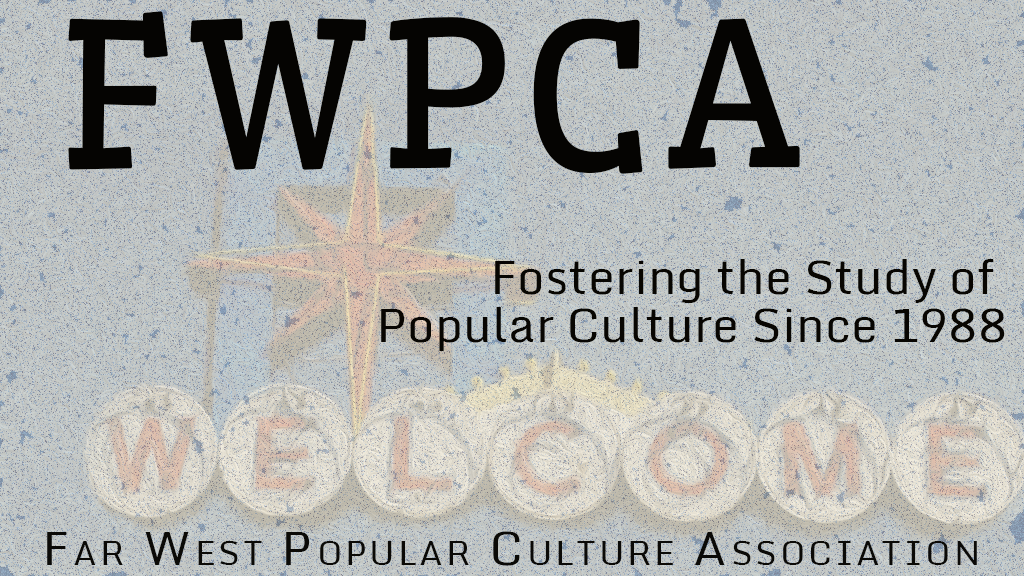“Art Not Thou a Man Like Me?”: Interspecies Masculinity in The Fly and District 9
Presentation Type
Paper
Abstract
“Art Not Thou a Man Like Me?”: Interspecies Masculinity in The Fly and District 9
Nonhuman/male hybrids abound in literature and film. One subtype features men who irreversibly change from human to nonhuman. Film examples include The Fly (1986) and District 9 (2009). In both, male characters gradually transform into insectoid or alien creatures. In The Fly researcher Seth Brundle unknowingly fuses his genes with those of a fly. Gradually its DNA overtakes Seth’s human DNA and turns him into a giant fly. In District 9 bureaucrat Wikus van de Merwe accidentally sprays himself with an alien fluid that causes him to mutate into an alien. Both transformations are biological and psychological. At the beginning of The Fly, Seth is a regular guy. By the conclusion of the film, he has become a twisted and warped version of his former self. Wikus, on the other hand, is a bureaucrat operating as a tyrant with no sympathy for the aliens he oversees. By the end of the film, he has become more human, more humane as an alien than he was as a physiological human being. In “Monster Culture [Seven Theses]” Jeffrey Jerome Cohen says that while “Any kind of alterity can be inscribed across (constructed through) the monstrous body,” “for the most part monstrous difference tends to be cultural, political, racial, economic, sexual” (41). Pursuing this direction, we can examine both characters as representations of masculinity and maleness.
Keywords
monsters, body, masculinity, hybrid, interspecies
“Art Not Thou a Man Like Me?”: Interspecies Masculinity in The Fly and District 9
“Art Not Thou a Man Like Me?”: Interspecies Masculinity in The Fly and District 9
Nonhuman/male hybrids abound in literature and film. One subtype features men who irreversibly change from human to nonhuman. Film examples include The Fly (1986) and District 9 (2009). In both, male characters gradually transform into insectoid or alien creatures. In The Fly researcher Seth Brundle unknowingly fuses his genes with those of a fly. Gradually its DNA overtakes Seth’s human DNA and turns him into a giant fly. In District 9 bureaucrat Wikus van de Merwe accidentally sprays himself with an alien fluid that causes him to mutate into an alien. Both transformations are biological and psychological. At the beginning of The Fly, Seth is a regular guy. By the conclusion of the film, he has become a twisted and warped version of his former self. Wikus, on the other hand, is a bureaucrat operating as a tyrant with no sympathy for the aliens he oversees. By the end of the film, he has become more human, more humane as an alien than he was as a physiological human being. In “Monster Culture [Seven Theses]” Jeffrey Jerome Cohen says that while “Any kind of alterity can be inscribed across (constructed through) the monstrous body,” “for the most part monstrous difference tends to be cultural, political, racial, economic, sexual” (41). Pursuing this direction, we can examine both characters as representations of masculinity and maleness.


